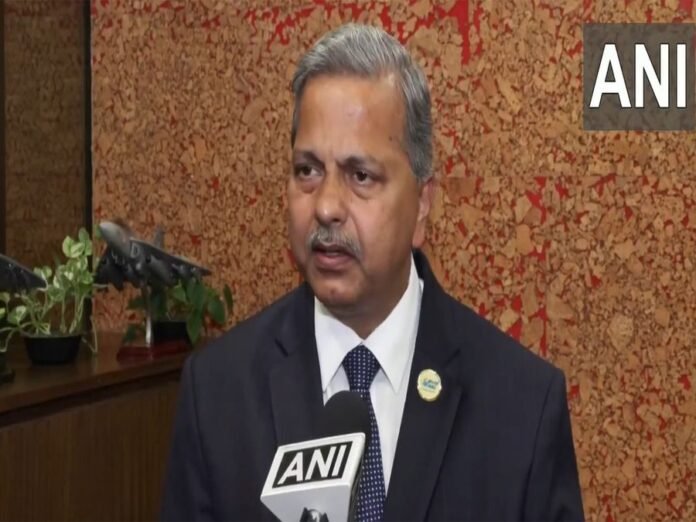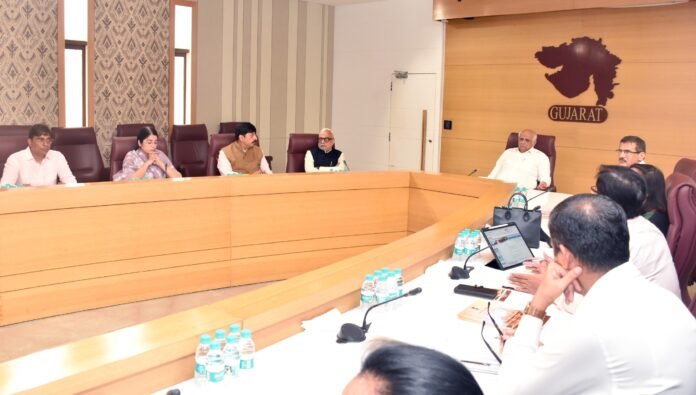HAL Chairman DK Sunil shared some upbeat news on Thursday about ramping up engine supplies for India’s homegrown LCA Mk1A fighter jets. He told in an interview that American giant General Electric (GE) is set to deliver 12 GE-404 engines by the end of this financial year, with 10 already on the way and the rest arriving by March. That’s a big step for Hindustan Aeronautics Limited (HAL), which builds these jets for the Indian Air Force (IAF).
Sunil explained that HAL recently met with GE’s top brass, and the two sides are now communicating regularly—sharing updates on engine locations and fixing supply chain hiccups. “The basic problems are sorted, and production is picking up,” he said. GE has committed to sending 20 engines next year, which Sunil called a solid vote of confidence. The company initially promised 12 engines over a full year, but things are moving faster now. HAL has even completed the 10th LCA Mk1A aircraft, with the 11th ready to roll.
On the bigger picture, Sunil revealed that HAL expects to ink a major contract in October for 113 more GE-404 engines. Valued at over $1 billion, the deal’s price is locked in, and they’re just finalizing the paperwork. This follows the Defence Ministry’s fresh agreement with HAL for 97 LCA Mk1A jets—68 single-seat fighters and 29 twin-seaters—worth more than Rs. 62,370 crore (about $7.4 billion, excluding taxes). Deliveries kick off in 2027-28 and wrap up over six years.
These jets pack serious upgrades, boosting India’s push for self-reliance in defense. They feature over 64% indigenous content, including homegrown tech like the UTTAM Active Electronically Scanned Array (AESA) radar, Swayam Raksha Kavach electronic warfare suite, and advanced actuators. That’s 67 new Indian-made items compared to the earlier 83-jet deal signed in 2021. A network of nearly 105 Indian vendors is chipping in on parts, creating around 11,750 direct and indirect jobs each year for six years. It’s all under the government’s Buy (India-IDDM) category, highlighting Atmanirbhar Bharat—the drive to make India self-sufficient.
Sunil dismissed rumors swirling in some media reports about India eyeing French engines for the LCA Mk2, the next evolution of these light combat aircraft. “No such discussions are happening,” he stressed. The LCA Mk2 is designed from the ground up around GE’s more powerful F414 engine, and switching gears isn’t simple. “You pick an engine first, then build the plane around it—like choosing a car engine before assembling the vehicle,” he noted. “These are complex fighter jets, not something you swap out easily.” HAL’s talks with GE are in advanced stages, with six rounds done and another set for early October in the US. Sunil added that US tariffs on Indian goods won’t derail these negotiations.
He hailed the new 97-jet order as a “red letter day” for HAL, calling it a follow-on to previous contracts. This batch aims for 70% indigenous content, integrating even more local radar, electronic warfare gear, and components. “It’s a huge boost for our supply chain and the entire ecosystem,” Sunil said. Private sector firms will handle about 50% of the materials—from metals to spares—pouring billions into local manufacturing. As more Indian tech like the Uttam radar and Kavach systems comes online, it’ll spin off jobs across suppliers and strengthen India’s aerospace scene.
Overall, this deal keeps HAL’s production humming toward delivering all 180 LCA Mk1A jets by 2032-33, powering up the IAF with cutting-edge, mostly home-built fighters. It’s a win for jobs, innovation, and India’s defense independence.
Stay informed on all the latest news, real-time breaking news updates, and follow all the important headlines in world News on Latest NewsX. Follow us on social media Facebook, Twitter(X), Gettr and subscribe our Youtube Channel.



